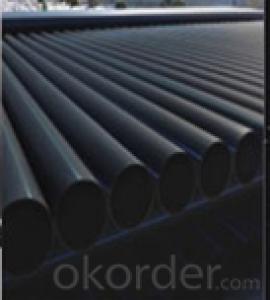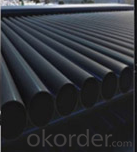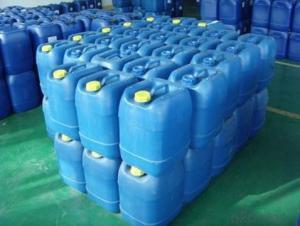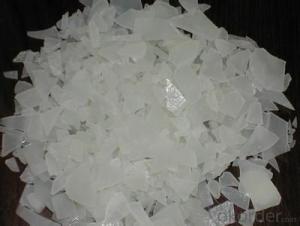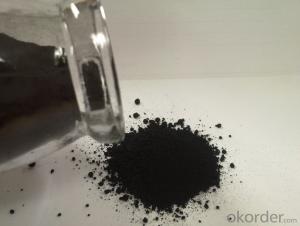Medium Color Furnace Furnace Processing Pigment Carbon Black
- Loading Port:
- Tianjin
- Payment Terms:
- TT OR LC
- Min Order Qty:
- -
- Supply Capability:
- 10000MT m.t./month
OKorder Service Pledge
OKorder Financial Service
You Might Also Like
Carbon Black-- Master Batch
Introduction:
After investigat of current market, for master batch, colorpaste , color filter, printing ink, paint and special rubber industry, our company had adjusted production process and index, Reaching and developing the new producting ,such as M330,M326 and M220, They have high price quality compare with N330,N326 and N220.
Index Comparison (lodine absorption, g/kg)
Production | N330 | M330 | N220 | M220 | N326 | M326 |
Loadine absorption,g/kg | 82±7 | 82±2 | 121±7 | 121±2 | 82±7 | 82±2 |
DBP absorption, 10-5 m3/kg | 102±7 | 102±2 | 114±7 | 114±2 | 72±7 | 72±2 |
DBP adsorption, 10-5 M3 /kg | 83-93 | 85-91 | 93-103 | 95-101 | 64-72 | 66-70 |
CTAB surface area, 103 M3 /kg | 76-88 | 78-86 | 105-117 | 107-115 | 77-89 | 79-87 |
Tint strength,≥﹪ | 99 | 105 | 111 | 115 | 106 | 110 |
Heating lose,≤﹪ | 2.5 | 0.5 | 2.5 | 0.5 | 2.5 | 0.5 |
Ash, ≤﹪ | 0.7 | 0.3 | 0.7 | 0.3 | 0.7 | 0.3 |
45umscreening, ≤PPM | 1000 | 50 | 1000 | 50 | 1000 | 50 |
Impruity | / | . | / | / | / | / |
Lead content ≤PPM | 200 | 50 | 200 | 50 | 200 | 50 |
Safety:
As a matter of good industrial hygiene, gloves and safety glasses with side shields or better eye protection should be worn when handing Carbon Black ,For more information, refer to the MSDS
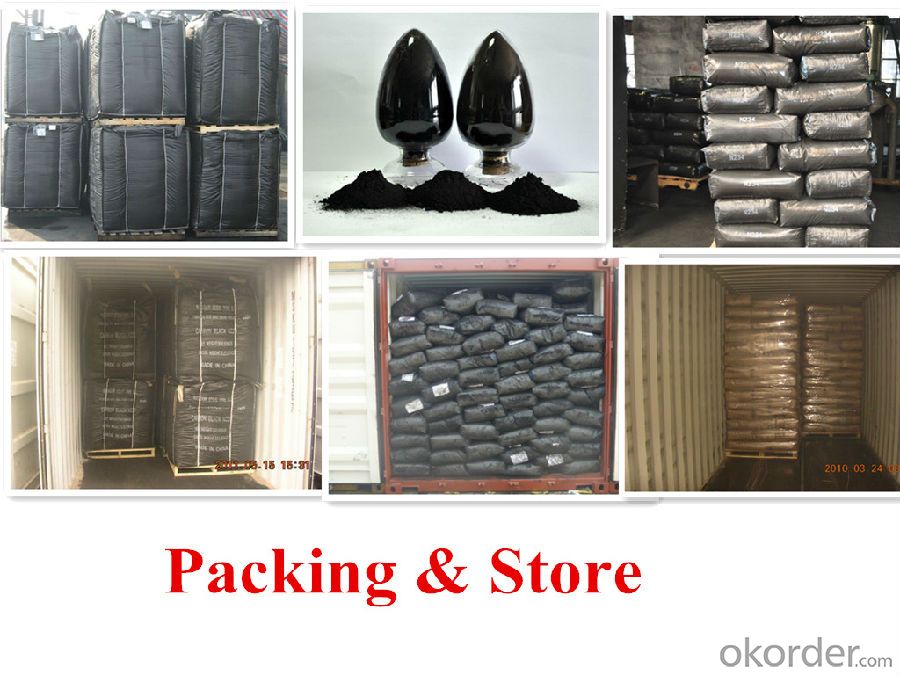


- Q: Chemical questions: "CO2 and H2 in the catalyst conditions have a reaction, the reaction of the chemical equation is"
- CO2 + H2 = CO + H2O (conditions: catalyst, generally already heating, and reversible)
- Q: How does catalyst aid a chemical reaction?
- A catalyst will change the activation time; in a faster way. Hence the reaction will worke quicker. It is kind of like Nitrous in a car. It speeds up the engine, which would be kind of comparabale to two substances.
- Q: Is the catalyst in the chemical reaction better?
- If the concentration of the liquid is too low, then the catalyst is also ineffective
- Q: I opened catalyst control center to see what its was, i didn't change anything and now when i full screen a youtube and hulu the screen will be black and the loading bar at the bottom will be stuck. I also noticed that now when i play minecraft all the blocks have a black out line i cant get rid of. I tried deleting my .minecraft and that didn't fix it.
- on the backside suitable hand corner of the small reveal, there's a field with a smaller field in it (suitable of the quantity), press that, it provides you with the finished reveal. you could press the comparable button once you opt for to bypass decrease back. The button would have a crimson X in it this time.
- Q: and what type of macromolecule are they made of? thanks!
- A catalyst is any substance that speeds up a chemical reaction without otherwise changing the outcome of the reaction. Catalysts do this by lowering a reaction's activation energy (which is the energy barrier that must be overcome before the reaction can proceed spontaneously). Catalysts are not permanently changed by the reactions they catalyze, so one catalyst could reasonably catalyze the same reaction many times over. Enzymes are biological catalysts because they lower the activation energy of metabolic reactions (and therefore increase their rate). Every enzyme has an active site that is specific for a particular substrate, or for a small related group of substrates. When the correct substrate binds to the active site, the enzyme catalyzes a particular reaction and releases new products. Substrates that don't match the shape of the enzyme's active site usually won't be affected by the enzyme. Enzymes are proteins, which are in turn polymers of amino acids. The sequence of amino acids in an enzyme, as well as the three-dimensional structure of the polypeptide chain, are essential for determining the enzyme's functionality. I hope that helps. Good luck!
- Q: How the catalyst accelerates the chemical reaction
- The catalyst is the catalyst that accelerates the chemical reaction by accelerating the chemical reaction
- Q: Several experiments were carried out using catalysts
- Hydrogen peroxide in the manganese dioxide as a catalyst for decomposition reaction: 2H2O2 == MnO2 == 2H2O + O2 ↑ (laboratory oxygen principle)
- Q: Please name 2 common examples of catalysts.Thank you?
- Easter in making Curd fermentation.Sodium bi carbonate in faster flour formation. these are used in the domestic kitchen mostly.
- Q: When you write a chemical equation, how do you want to add "catalyst" and "?" When you do not have to write?
- This is the need for your memory, write a few times, will naturally cooked
- Q: Chemical reactions in the presence of impurities will cause catalyst poisoning, how to understand this sentence
- Catalyst poisoning reaction of raw materials contained in the trace impurities to the catalyst activity, selectivity significantly decreased or lost phenomenon. The nature of the poisoning phenomenon is a trace of impurities and the catalytic activity of the center of a chemical effect, the formation of non-active species. In the gas-solid heterogeneous catalytic reaction is formed in the adsorption complex. One is that if the toxic and active components of the role of weak, can be a simple way to restore the activity, known as reversible poisoning or temporary poisoning. The other is irreversible poisoning, it is impossible to restore the activity in a simple way. In order to reduce the side reaction activity, it is sometimes necessary to allow the catalyst to be selected for poisoning.
Send your message to us
Medium Color Furnace Furnace Processing Pigment Carbon Black
- Loading Port:
- Tianjin
- Payment Terms:
- TT OR LC
- Min Order Qty:
- -
- Supply Capability:
- 10000MT m.t./month
OKorder Service Pledge
OKorder Financial Service
Similar products
Hot products
Hot Searches
Related keywords


